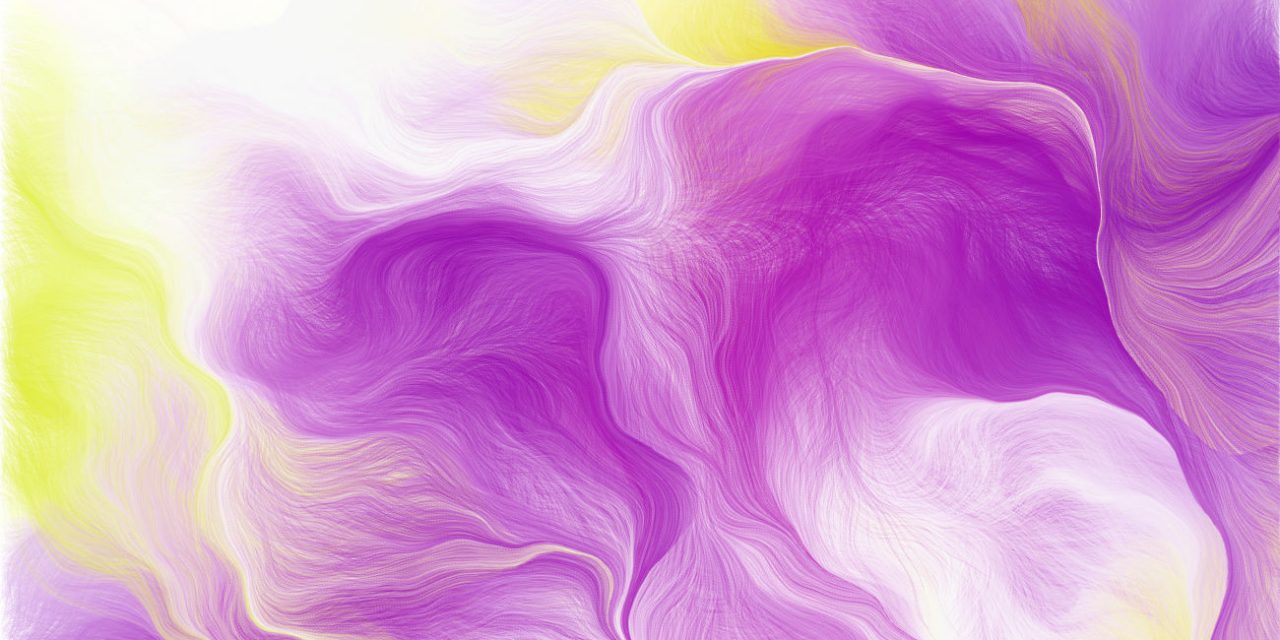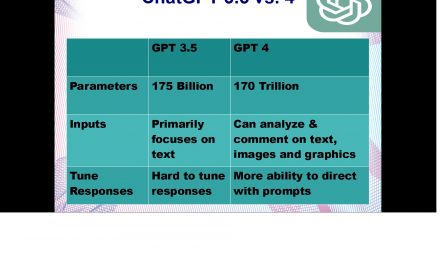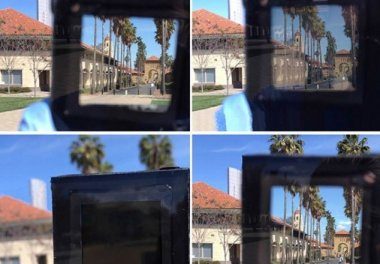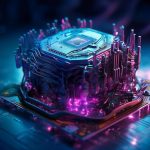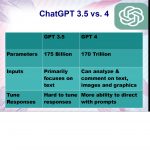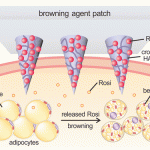
Credit : random quark studio
Great technology is inspired by vision, imagination, passion, skill and innovation. The end product is often functional and artistically exciting like great looking cars and phones. The idea of autonomous technology making art though seems a bit soulless. However people using technology to help visualize and inspire the making of art seems like just the right marriage.
The art of feeling – turning brainwaves into paintings
Creative developers and technology enthusiasts, Tom Chambers and Theodoros Papatheodorou PhD., the men behind “random quark” studio specialize in designing and developing “immersive & interactive experiences” by combining technology, art and design. The latest random quark inspiration, is called the art of feeling – turning brainwaves into paintings, uses their proprietary emotion recognition algorithms to interpret brainwaves recorded via en EEG. As part of re-imaging their new persona, project Mindswarms was commissioned by the Saatchi & Saatchi Wellness agency. The agencies employees helped create unique individual digital painting by focusing on an emotional memory special to them, while being hooked up to an EEG to get the corresponding brain waves. The afore mentioned algorithms were run to produce swarm paintings that represented each individual’s emotional memories at the time of recording. The breathtakingly beautiful results in the photo above and video below are on display in an art gallery in London.
More on Swarm Painting
Swarm behavior is the collective movement (in this case inspired by a flock of birds) of a number of individual ‘agents’ that follow consistent rules to guide their activity. To create their Swarm Paintings, Tom and Theodoros, used generative design methods where each agent/bird was represented as a small paint brush that flowed on a canvas leaving a color trail behind it. The raw brainwaves that came from the emotional memories data extracted from each person was fed into the swarm visualization algorithm, which resulted in individual paintings that are complex, featuring non-repeating patterns of color.

